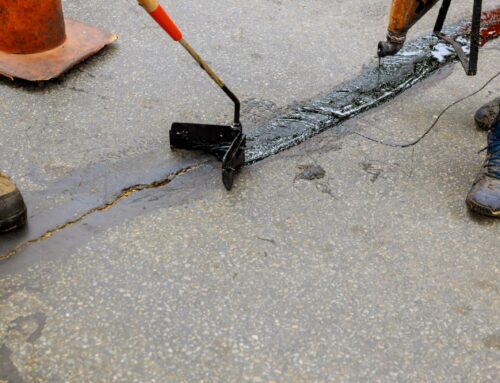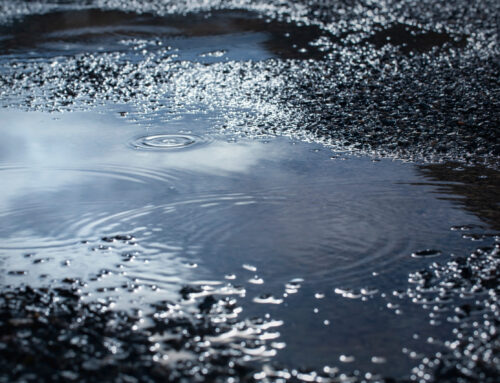If you’ve been reading along, you might have seen a recent post about what sinkholes really are and what causes them. But aside from being man-made or natural, sinkholes are classified as three distinct types: cover collapse, cover subsidence, and solution. We are going to cover all three types right here so you can determine what kind of sinkhole occurs next time you see it on the news…
- Cover Collapse Sinkholes: Cover Collapse sinkholes are generally naturally occurring sinkholes where bedrock is covered with a thick layer of both soil and earth. Over time, like all things, the bedrock will begin to erode, forming various cracks throughout the layer. This causes the entire bedrock to become weak, even to the point where the entire surface begins to form holes and collapse, which we call sinkholes.
- Cover Subsidence Sinkholes: Somewhat similar to the above sinkhole, Cover Subsidence sinkholes occur when the actual soil and earth below the bedrock isn’t strong or knitted together, making the surface ground weak to begin with. Once the bedrock itself begins to erode, all of the weak substance covering the bedrock quickly begins to give in on itself, which causes a sinkhole. This normally occurs on surfaces that are composed primarily of sand or clay.
- Solution Sinkholes: Solution Sinkholes are much different from the previous two we had mentioned. Solution Sinkholes occur when the bedrock is actually exposed, or when there is a very thin layer of cover soil and earth over the bedrock. When this is the case, the layer of bedrock erode faster than under normal circumstance, which causes the ground to become weaker quicker. Eventually, enough erosion of the bedrock causes small pockets to form where various particles get trapped causing naturally formed holes in the ground. These sinkholes occur immediately, and are formed on the surface of the earth.



